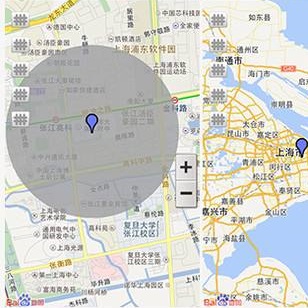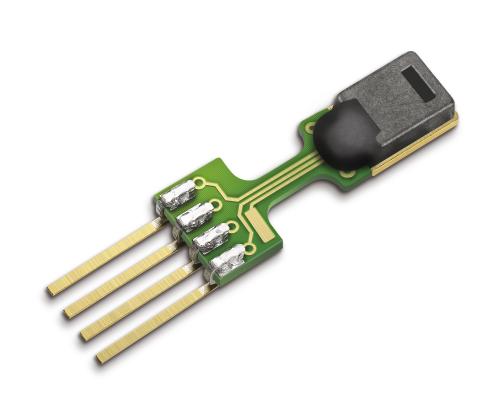Simultaneous localization and mapping (SLAM) using automotive radar sensors can provide enhanced sensing capabilities for autonomous systems. In SLAM applications, with a greater requirement for the environment map, information on the extent of landmarks is vital for precise navigation and path planning. Although object extent estimation has been successfully applied in target tracking, its adaption to SLAM remains unaddressed due to the additional uncertainty of the sensor platform, bias in the odometer reading, as well as the measurement non-linearity. In this paper, we propose to incorporate the Bayesian random matrix approach to estimate the extent of landmarks in radar SLAM. We describe the details for implementation of landmark extent initialization, prediction and update. To validate the performance of our proposed approach we compare with the model-free ellipse fitting algorithm with results showing more consistent extent estimation. We also demonstrate that exploiting the landmark extent in the state update can improve localization accuracy.
翻译:使用汽车雷达传感器的同步本地化和绘图(SLAM)可以提高自主系统的遥感能力。在SLAM的应用中,对环境地图的需求更大,关于里程碑范围的信息对于精确导航和路径规划至关重要。虽然在目标跟踪中成功地应用了目标范围估算,但由于传感器平台的更多不确定性、超强计读数中的偏差以及测量非线性,它与SLAM的适应仍未得到解决。在本文件中,我们提议采用Bayesian随机矩阵方法来估计雷达SLAM中的里程碑范围。我们介绍了实施里程碑初始化、预测和更新的详细程度。为了验证我们拟议方法的绩效,我们将与无型椭圆调整算法进行比较,并显示更一致的估算结果。我们还表明,利用州更新中的里程碑范围可以提高本地化的准确性。





